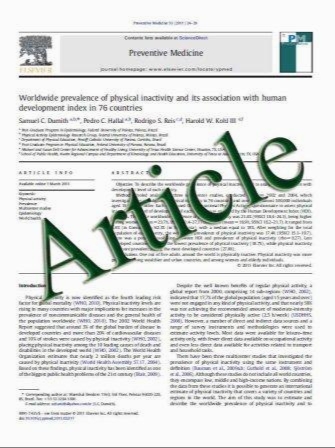The comparison of 131I whole-body scans on the third and tenth day after 131I therapy in patients with well-differentiated thyroid cancer: preliminary report
- نوع فایل : کتاب
- زبان : انگلیسی
- مؤلف : Jeong Won Lee Sang Mi Lee Gwan Pyo Koh Dae Ho Lee
- چاپ و سال / کشور: 2011
Description
Objective The purpose of the present study was to evaluate the clinical usefulness of the delayed post-therapeutic 131I scan in patients with well-differentiated thyroid cancer by comparing the early scanned images with the delayed images. Methods A total of 81 patients (female:male = 67:14; age 52 ± 13 years) with well-differentiated thyroid cancer who underwent scans the third and tenth day after 131I treatment were included in this study. The therapeutic dose ranged from 3.7 GBq (100 mCi) to 7.4 GBq (200 mCi). The early and delayed scan images were visually analyzed and the thyroid remnant-to-background uptake ratio (RBR) and the lesion-to-background uptake ratio (LBR) of metastatic lesions were calculated. Results Of the 81 patients, 5 lesions (2 lung lesions, 2 cervical lymph node lesions, and one thyroid remnant) in 4 patients (5%) were additionally found on the delayed scans, which were not identified on the early scans. Of 8 patients with high serum thyroglobulin (Tg) and negative finding on the early scan, the delayed scan identified additional lesions in 3 patients (38%). Visual analysis scores significantly decreased for both thyroid remnants and metastatic lesions on the delayed scan (p\0.001 for all). Diffuse hepatic uptake was visualized in 86% of all patients on the delayed scan, while only 6% of the patients on the early scan (p\0.001). The RBRs of both scans were compared in 59 patients, and the LBRs were compared in 8 patients with 23 lesions. The mean RBR and LBR on the delayed scan (8.0 ± 7.6 and 5.4 ± 5.2, respectively) were significantly lower than those on the early scan (12.0 ± 10.8 and 10.8 ± 7.6, respectively; p = 0.02 and p = 0.001, respectively). Conclusions The 131I-avid lesions on the early scan were more easily detected by visual analysis and had higher uptake ratios than those on the delayed scan. However, for patients with high serum Tg and negative finding on the early scan, the delayed scan was helpful in identifying additional 131I-avid lesions.
Ann Nucl Med (2011) 25:439–446 DOI 10.1007/s12149-011-0486-y Received: 23 November 2010 / Accepted: 9 March 2011 / Published online: 8 April 2011


